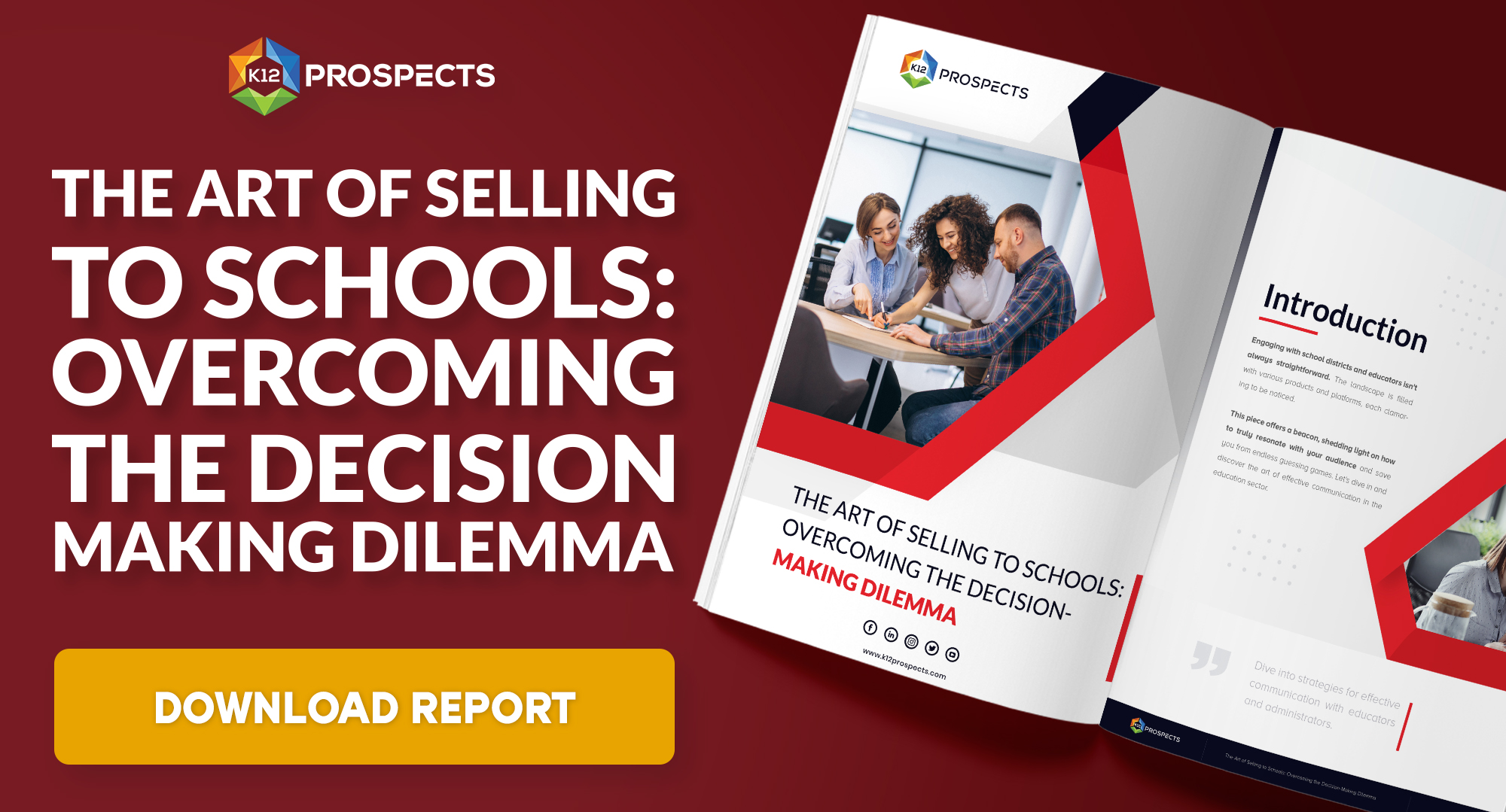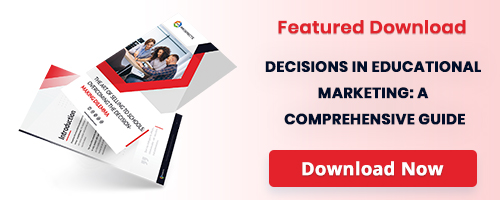How Do You Sell a Product to a School

Selling a product to a school can be both a rewarding and challenging endeavor. Schools are institutions that require specific, high-quality products that can enhance the educational experience for students and educators alike. Successfully introducing your product into the educational market requires understanding the unique needs of schools, building strong relationships with decision-makers, and effectively communicating the value of your product. This comprehensive guide will outline key strategies for selling a product to a school, focusing on research, relationship building, tailoring your pitch, navigating procurement processes, and providing exceptional post-sale support.
1. Understand the Education Market
The first step in selling a product to a school is to thoroughly understand the education market. This involves researching the current trends in education, the challenges schools face, and the types of products that are in demand. Education technology, instructional materials, furniture, and supplies that support a safe and engaging learning environment are commonly sought after. Familiarize yourself with educational standards, compliance requirements, and any legislation that may affect the purchase and use of your product in schools.
Example: A company specializing in interactive whiteboards researches the shift towards blended learning environments in schools. They find that schools are increasingly integrating technology to facilitate both in-person and remote learning. By understanding this trend, the company can highlight how their whiteboards support interactive lessons and remote participation, aligning their product with current educational needs.
2. Identify the Decision Makers
Schools often have multiple layers of decision-makers, including principals, district superintendents, technology coordinators, and school board members. Identifying who has the final say in purchasing decisions is crucial. In many cases, decisions are made collectively by committees that may include teachers, administrators, and parents. Understanding the structure of decision-making in your target schools or districts will help you tailor your approach effectively.
Example: In targeting a large urban school district, a textbook publisher discovers that the district has a curriculum committee responsible for textbook selection. This committee includes teachers from various grades, a district curriculum coordinator, and a school board representative. Knowing this, the publisher focuses their efforts on presenting to the committee, tailoring presentations to address the diverse needs of its members.
3. Build Relationships
Building relationships is key to selling products to schools. Start by attending educational conferences, workshops, and meetings where you can meet school administrators and decision-makers face-to-face. Joining educational associations and participating in online forums can also help you build your network. Offering free workshops, webinars, or sample products can be a good way to introduce your product to educators and administrators while establishing your company as a valuable resource.
Example: A software company offering a new learning management system (LMS) starts building relationships by attending state educational technology conferences. They set up a booth, offer live demos, and invite school technology coordinators and administrators for free trial access. Through these interactions, they establish contacts with potential buyers and gain insights into specific school needs. Then they send regular email campaigns to them and to their coordinators to offer their products and services.
4. Tailor Your Pitch to Educational Needs
Your sales pitch should be tailored to the specific needs and challenges of the school or district you are targeting. Highlight how your product can improve learning outcomes, enhance teacher effectiveness, increase student engagement, or address a particular challenge the school is facing. Use data and research to back up your claims, and if possible, provide case studies or testimonials from other schools that have successfully used your product.
Example: A company selling STEM lab equipment learns that a particular school district is focusing on enhancing its science curriculum to encourage problem-solving and critical thinking skills among students. The company customizes their pitch to show how their lab equipment supports hands-on experiments that align with the district’s curriculum goals, including specific examples of experiments and outcomes.
5. Navigate the Procurement Process
Understanding the procurement process is essential when selling to schools. This process can be complex and varies significantly from one district to another. It often involves submitting a detailed proposal, going through a bidding process, and meeting specific procurement guidelines. Be prepared to provide detailed information about your product, including pricing, licensing, warranties, and support services. Patience is key, as the procurement process can be lengthy.
Example: An educational toy manufacturer interested in selling to schools learns about the district’s formal bidding process for new educational materials. They prepare a comprehensive proposal outlining the educational benefits of their toys, including compliance with safety standards, durability, and how these toys can be integrated into the curriculum. They also include competitive pricing and evidence of the toys’ effectiveness in other educational settings.
6. Offer Competitive Pricing and Financing Options
School budgets are often tight, so offering competitive pricing and flexible financing options can make your product more appealing. Consider offering discounts for bulk purchases, subscription-based pricing for software products, or leasing options for expensive equipment. Some companies also offer grants or funding support to help schools acquire their products.
Example: Recognizing budget constraints, a company offering a new educational app provides schools with a tiered pricing model based on the number of users. They also offer a discount for districts that commit to a multi-year subscription. For schools with more significant financial constraints, they introduce a grant program where schools can apply to receive the app for free or at a reduced cost based on need.
7. Provide Exceptional Post-Sale Support
After a school has purchased your product, providing exceptional post-sale support is crucial for maintaining a positive relationship and encouraging future sales. This includes offering comprehensive training for staff, reliable customer service, and timely technical support. Providing ongoing resources, such as lesson plans or instructional videos, can also enhance the value of your product.
Example: After a school district purchases an online assessment tool, the company provides an on-site training session for teachers, followed by monthly webinars to address any questions and share best practices. They set up a dedicated hotline for technical support and regularly check in with the district to ensure the tool is meeting their needs.
8. Utilize Testimonials and Case Studies
Positive testimonials and case studies from other schools that have benefited from your product can be powerful tools in convincing decision-makers. These real-world examples can demonstrate the effectiveness of your product in improving educational outcomes and can help alleviate concerns about the investment.
Example: A company selling a cloud-based student portfolio system compiles a series of case studies from schools that have seen an improvement in student engagement and parent communication since implementing the system. They share these case studies in their marketing materials and during sales presentations to new prospects, highlighting specific outcomes and testimonials from educators and administrators.
9. Be Persistent but Patient
Selling to schools requires persistence and patience. The sales cycle can be long, and it may take time to build relationships and trust with decision-makers. Continuously follow up with prospects, but be respectful of their time and decision-making processes. Keep them informed about new developments and improvements to your product that may interest them.
Example: A sports equipment company trying to sell a new type of gym mat to schools follows up regularly with physical education teachers and school purchasing agents they’ve met at various trade shows. They provide updated product information, offer to send sample mats for review, and invite feedback, understanding that the school’s budget cycle may delay purchasing decisions.
10. Adapt and Innovate
Finally, be prepared to adapt your product and strategy based on feedback from educators and changes in the educational landscape. The needs of schools can evolve rapidly, and staying ahead of these changes can position your product as a must-have solution for educational institutions.
Example: After receiving feedback from several schools that their digital library platform was difficult to navigate for younger students, a company revamps the user interface to be more intuitive and visually engaging for all age groups. They then reach out to those schools to demonstrate the updates, showing their commitment to addressing customer feedback and improving their product.
Selling a product to a school is not about a quick transaction; it’s about establishing a relationship based on trust, understanding, and the shared goal of enhancing the educational experience for students. By focusing on the unique needs of schools, demonstrating the value of your product, and providing exceptional service, you can successfully introduce your product into the educational market and make a positive impact on the future of education.



